Affiliate links on Android Authority may earn us a commission. Learn more.
Aperture priority: What is it and when you should use it

DSLRs and other advanced cameras have a ton of letters, symbols, and weird buttons on them. Every photographer must go through the quest of learning what each setting does, and today we are talking about the letter “A” in the shooting modes dial (or button, or whatever your camera may have). This stands for aperture priority and it will save you in many shooting scenarios.
Also read: Photography terms explained – ISO, aperture, shutter speed, and more
What is aperture?
Let’s start by explaining what aperture itself is. Aperture is defined by the size of the opening through which light can enter the camera. Aperture is measured in f-stops, which is a ratio of the focal length divided by the opening size. The smaller the f-stop the wider the opening. An f/1.8 aperture is wider than f/2.8, for example.
Also read: What is aperture? How to use it to your advantage
Aperture has one main effect in photographs, which is changing the depth of field. Using a wider aperture like f/1.8 will create a smaller depth of field. This will enhance bokeh, which is the popular blurry background effect in photos. Tightening the aperture will keep more in focus.
What is aperture priority?
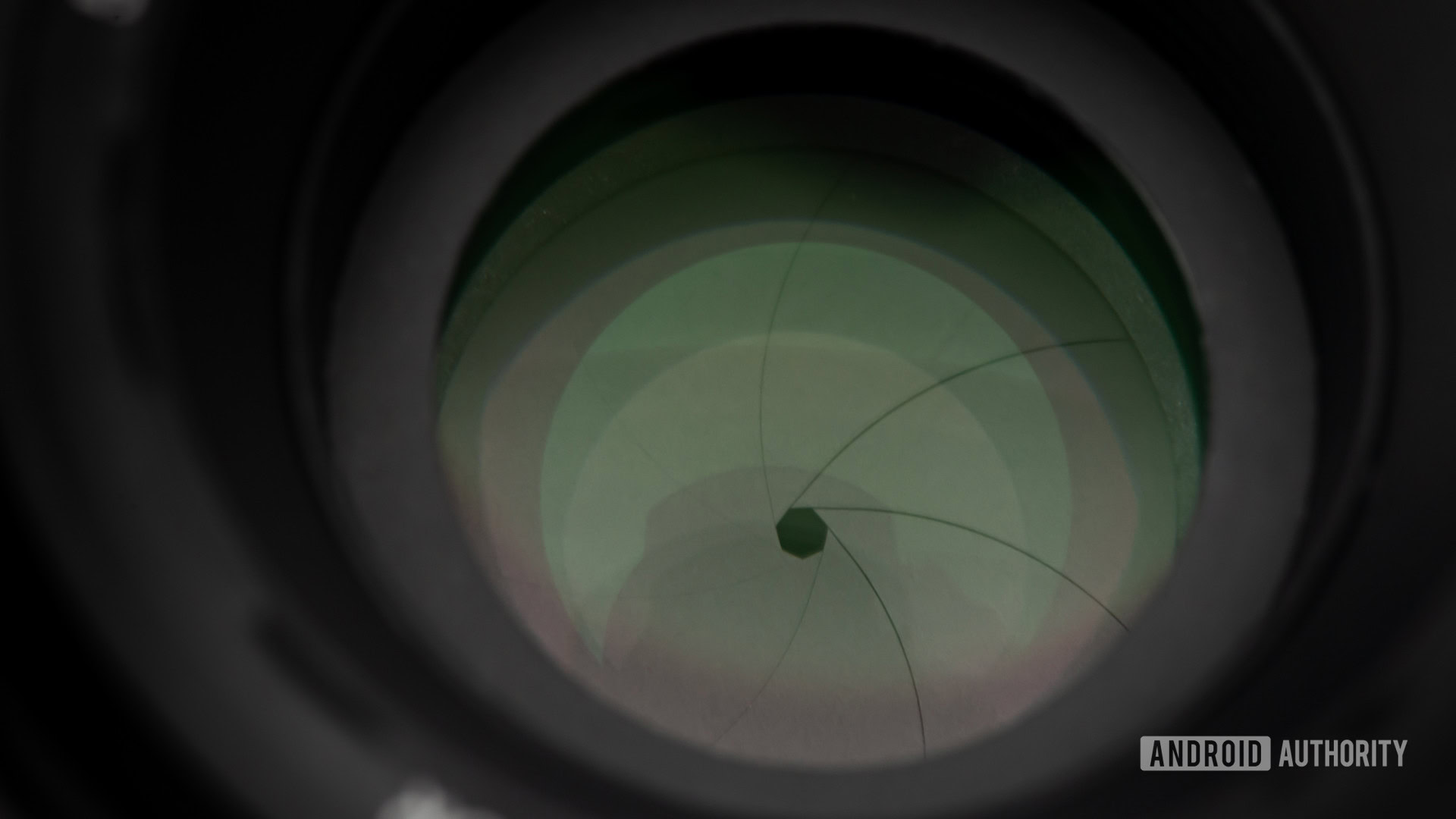
Now that you understand what aperture is, it’s time to tell you about aperture priority. Most cameras featuring this shooting mode label it as “A”, and one would usually find it in more advanced bodies like DSLRs, mirrorless, and mid-to-high-end point-and-shoot cameras.
The mode’s name explains exactly what aperture priority does: it prioritizes aperture as the only setting you have to worry about. Aperture priority is much like auto mode, but grants control over aperture and automates only shutter speed. Once your ISO is set, the camera will allow you to open or close aperture using a dial. The appropriate shutter speed will be determined by the camera’s light meter and set for you automatically.
When to use aperture priority mode
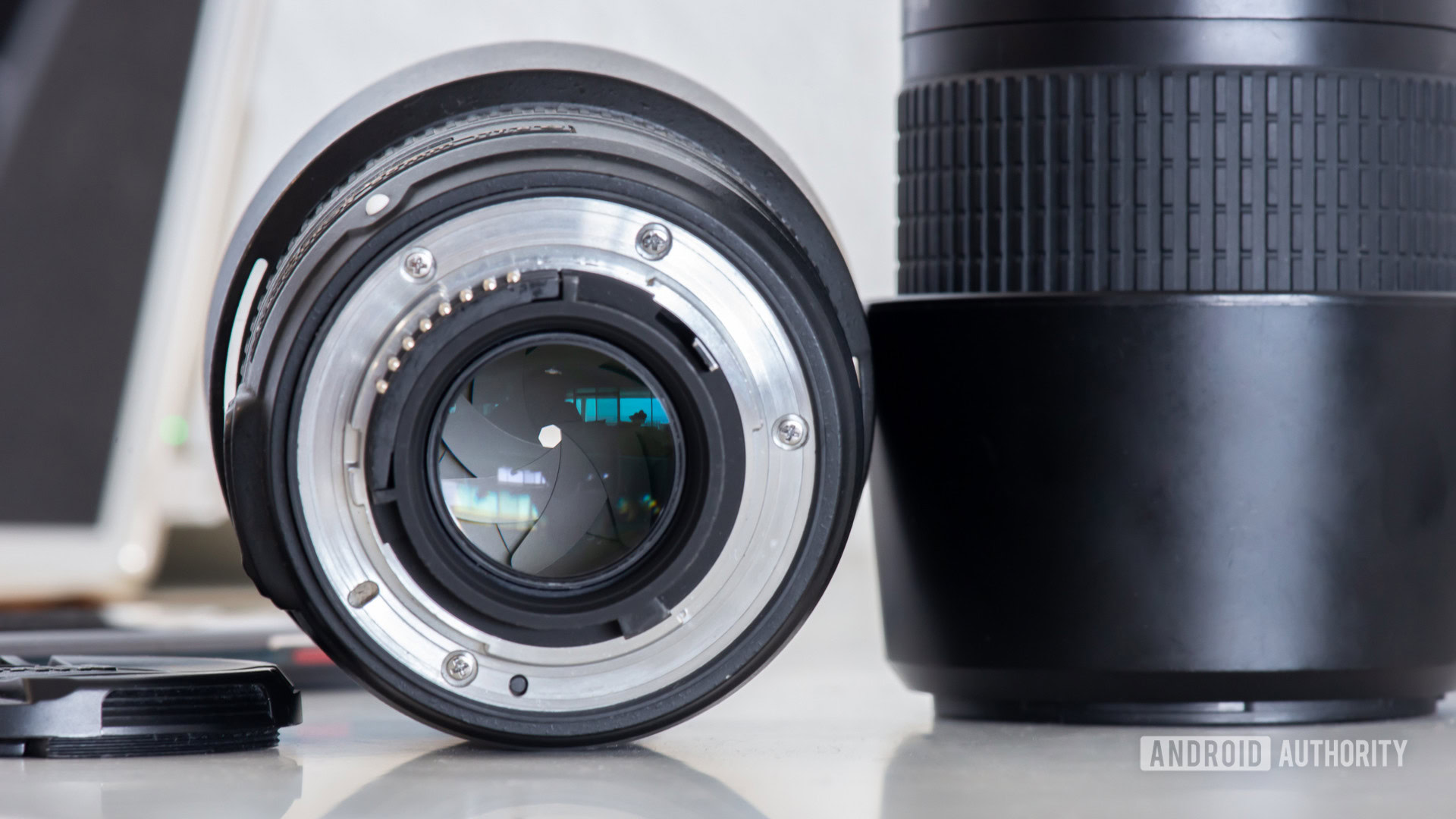
Photographers often like to have control over aperture, as its main effect is changing the depth of field, which is a crucial part of keeping your subjects in focus. If you let the camera decide your aperture, you may end up with too much or too little in focus.
If you let the camera decide your aperture, you may end up with too much or too little in focus.Edgar Cervantes
Aperture priority is best suited for times when you want to make sure you have sufficient depth of field to have your subject in focus (which would be most of the time). I recommend it when the photographer is shooting in an environment in which the subject, background, and environment change often. Events, weddings, parties, and street photography are obvious examples.
Let’s take street photography as today’s topic, as it covers a broad range of shooting scenarios. If you are shooting a single person and want a nice bokeh (blurry background) you might want to opt for a wide aperture. Take a walk down the street and now you want multiple interesting vehicles in focus; aperture priority makes it simple to close down your camera’s aperture with a single dial without worrying about keeping exposure correct. The camera will adjust shutter speed on its own.
Now you are at the park. It’s the perfect opportunity for a landscape shot. You might want to really close down the aperture and get everything in focus. In this case, all you need to do is adjust the aperture to the tightest setting and let the camera expose.
How aperture affects depth of field
We wanted to show you an example of how aperture affects depth of field. We have a trio of images to show you. One was shot at f/1.8, the second at f/3.5, and the third one at f/8. These are completely unedited and I made sure to shoot them in JPEG so we didn’t have to even put them through editing software.
Sample shot at f/1.8 aperture:
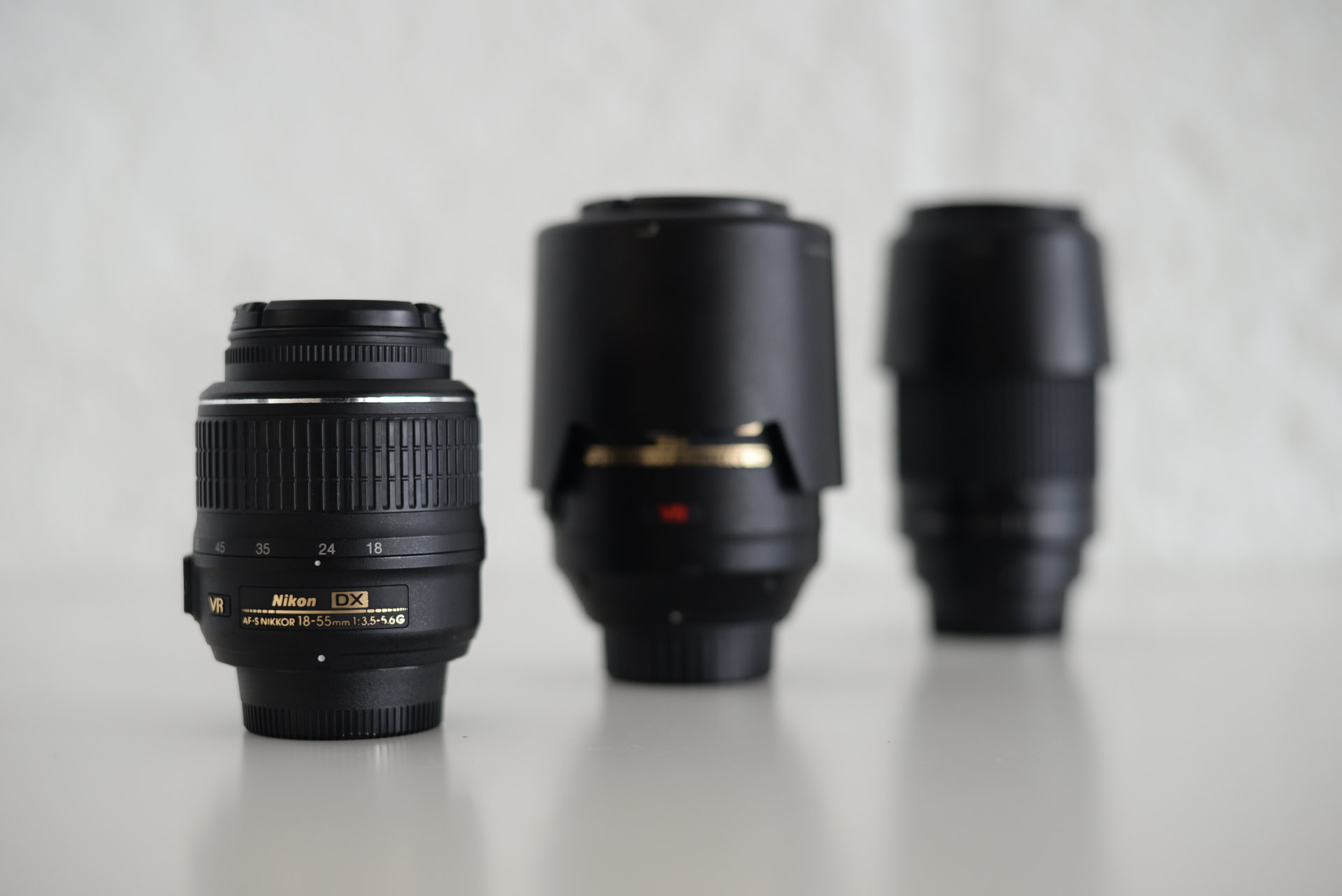
As you can see, only the lens to the left is in focus. Things get blurry as you move back and even the first lense’s edges are starting to soften.
Sample shot at f/3.5 aperture:
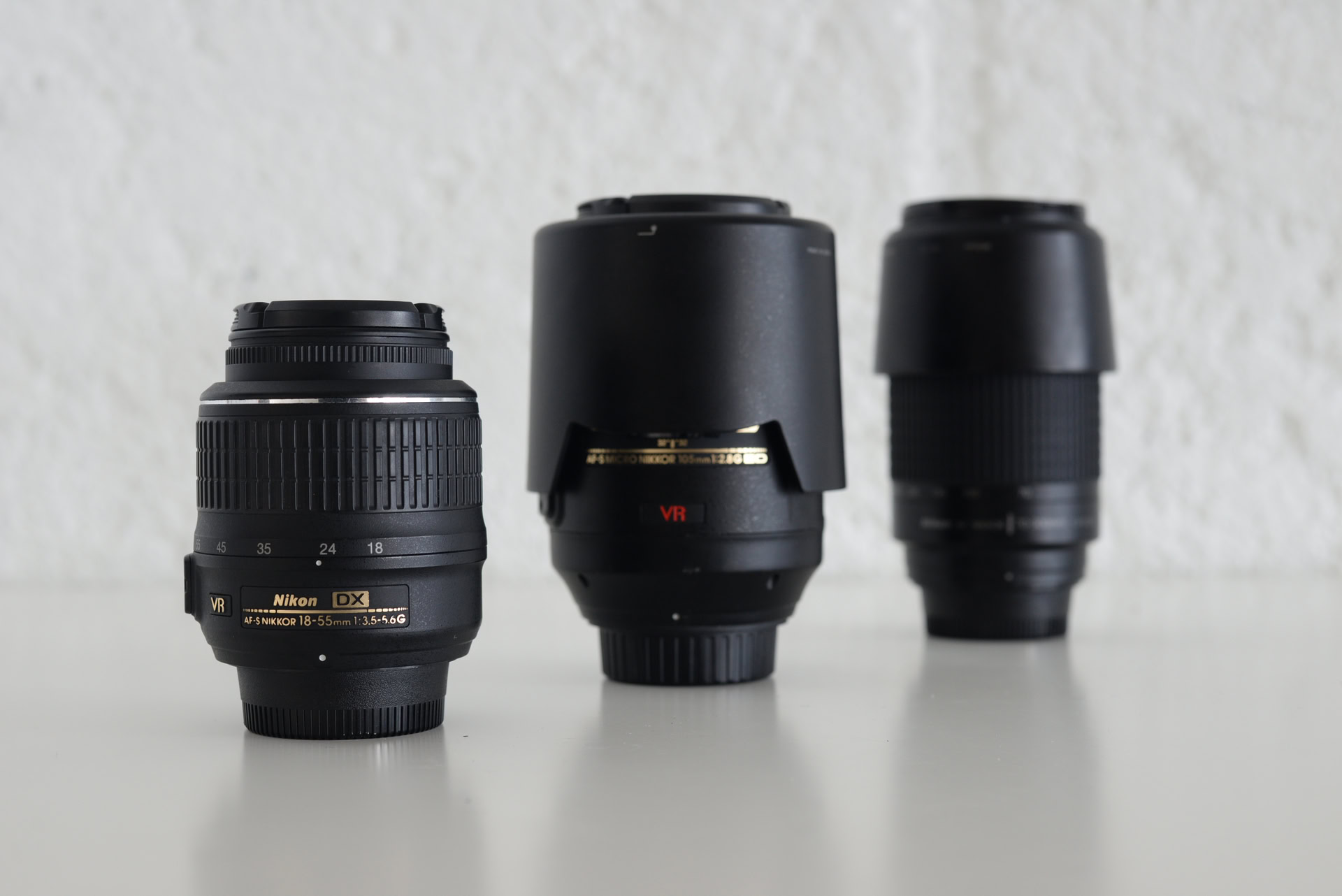
In this shot you can see more of the second lens, and detail in the background is starting to become more apparent. The third lens is still out of focus, but it is also becoming more defined.
Sample shot at f/8 aperture:
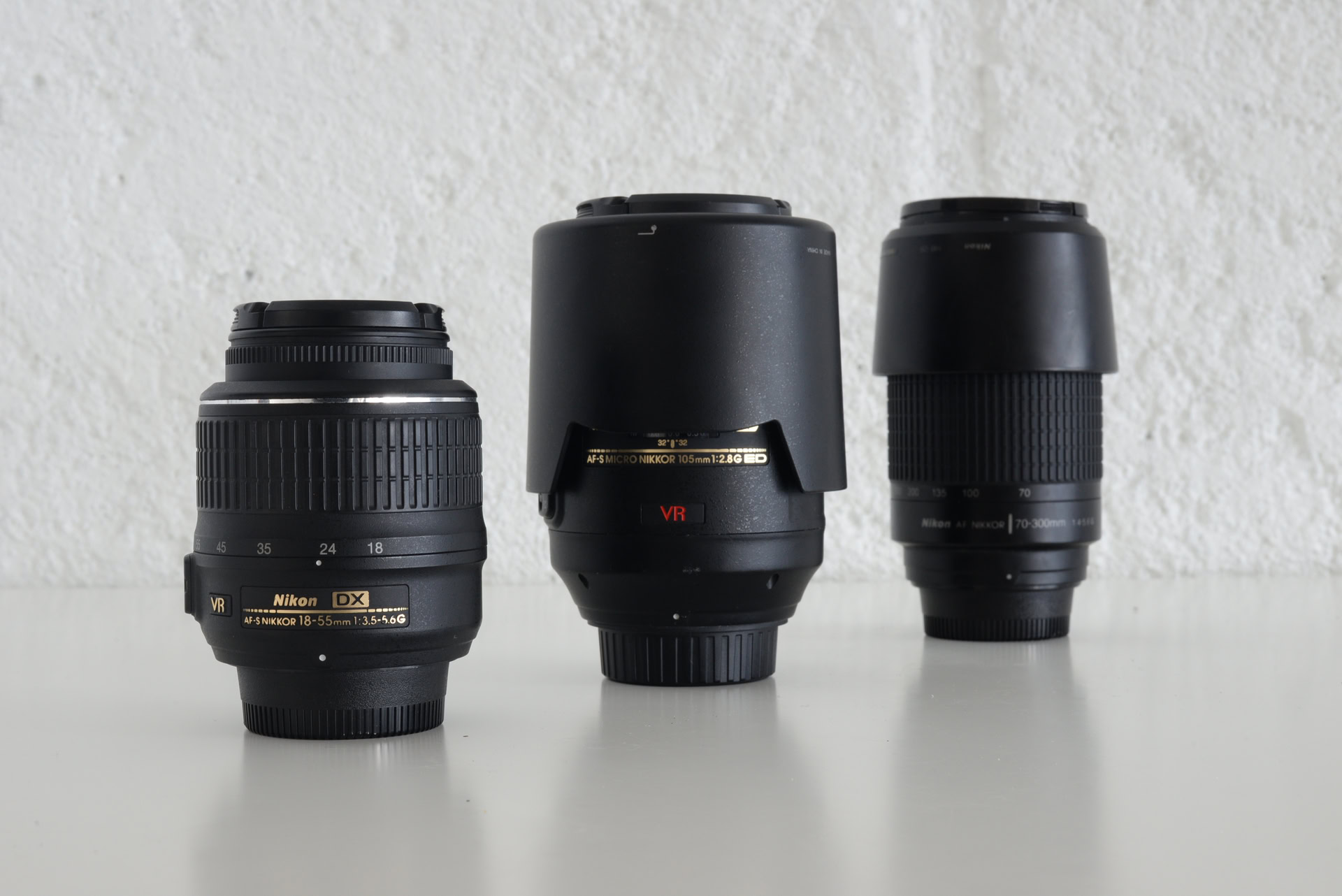
Depth of field is much wider at f/8. The first and second lenses are in focus. While the third on is still a little blurry, you can more easily recognize the letters and numbers better. Likewise, the wall’s detail has increased significantly.
Something to keep in mind
The only thing to worry about when using aperture priority mode is having sufficient light to achieve your desired exposure or effect. Darker environments and tighter apertures can cause slow shutter speeds, which in turn result in motion blur. It might not be good to have this is you are looking for sharp photos. Likewise, too much light can speed up shutter speeds when you want to use motion blur as an effect.
Also read: How to shoot in manual mode
I stick to aperture priority mode when I know there is enough light to make sure every photo is shot with a shutter speed fast enough to freeze the image. Either that or I am using a tripod and my subject is completely static. For all other instances I go into manual mode.
Aperture priority lets you focus on what matters
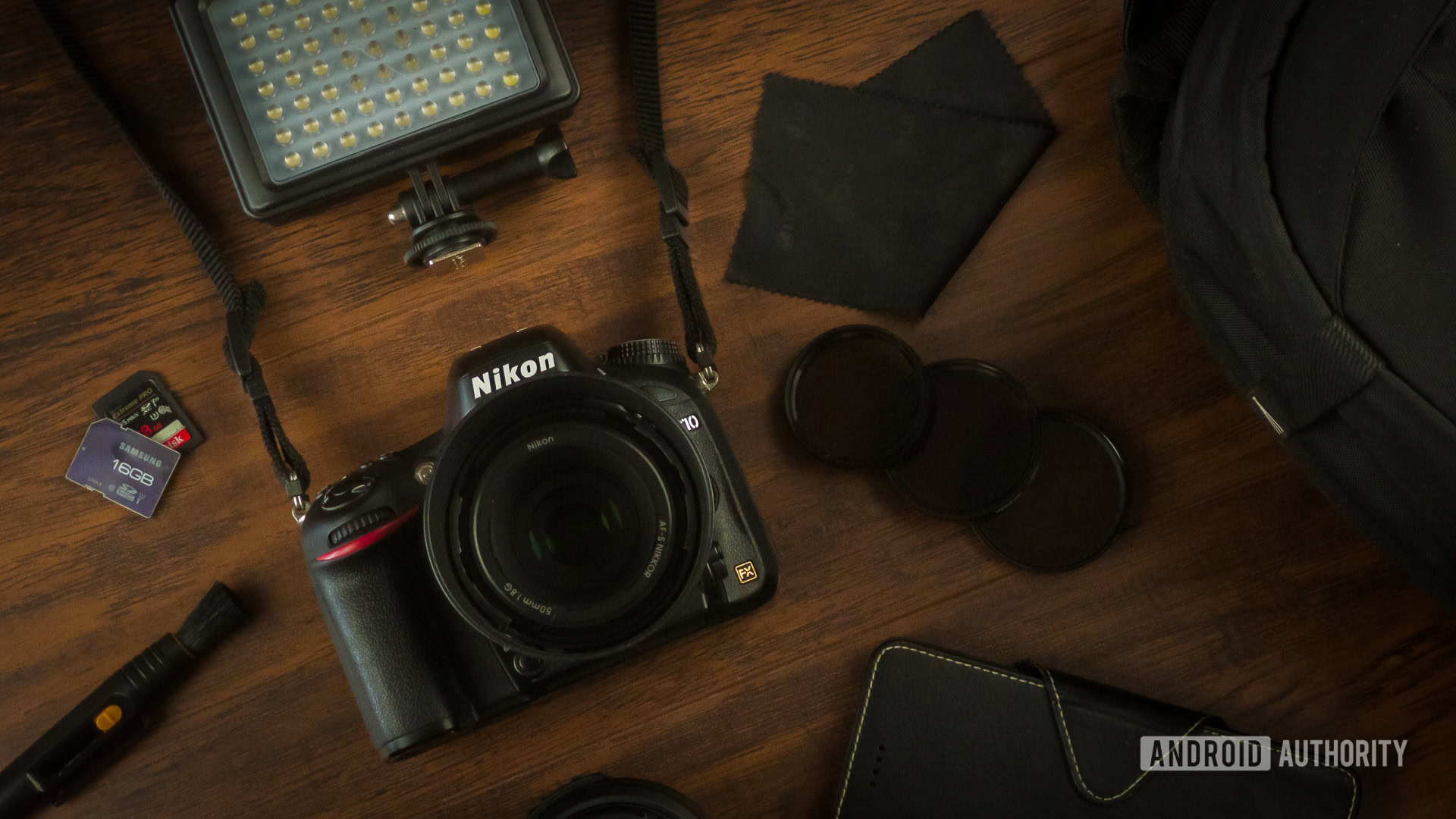
What makes good photography? There is a level of technicality to this art, and technology certainly helps, but any good photographer will tell you a quality image is mostly measured by intangibles. Composition, relative beauty, past experiences, and the message or feelings conveyed by the image are far more important than noise levels, dynamic range, or even spotting the perfect exposure. This is why aperture priority is such a great tool.
Any good photographer will tell you a quality image is mostly measured by intangibles. Edgar Cervantes
Aperture priority offers the best of manual mode while keeping some of the comfort that comes from shooting auto. This mode lets you control the camera just enough to keep settings in check. At the same time, it allows you to stop worrying so much about parameters and pay more attention to what matters most, which is giving your image more of that intangible depth.
Become a better photographer: